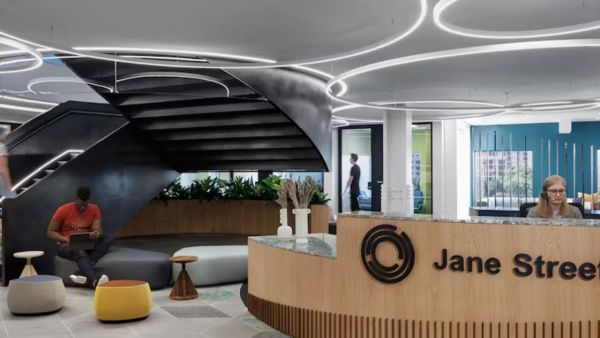By dr jayant arora: India’s Growing Population, Coupled With Rising Life Expectance and Lifestyle- Factors, is Driving a Steady Increase in Joint-Relied Orthopaedic Conditions Such as Arthritis and Degenritie Joint disease. As a result, the demand for joint replacement surgeries have surgged significantly. Today, Total Knee replacements alone have surgged from approximately 100,000 five years ago to Nearly 250,000 annual, reflecting both rising incidence and greaternass of surgical souls.
Dr Jayant Arora Shares How Health Insurance Can Partner in Expanding Access to Advanced Orthopaedic Care for Indian Patients.
Robotic -assized joint replacement is currently the most advanced and accurate form of surgery available. It enhances surgical precision, ensures better implant alignment, minimizes tissue damage, and allows for faster patient recoverry. These clinical benefits are translating into measurable improvements in patients and satisfaction.
YET, despite its many advantages, access to robotic-assisted joint replacement is still evolving, particularly when it comes to insuresh cover. While Conventional Joint Replacement Procedures are widely supported by most health insurance plans, coverage for Robotic-costed variants is still gaining traction. As the healthcare ecosystem adapts to newer technologies, there is an options for insurers and provides to work togethr to break this gap, enrsing that patients who have come there. Minimally invasive procedus are able to access them more easy.
India is witnessing a sharp uptick in the adoption of robotic surgery, with near 12,000 Robotic- Assisted Procedus Performed in 2022. Small Fraction of the Potential Demand. By Comparison, The United States Conducted Approximately 876,000 Robotic Surgeries in 2020 3 and has Over 5,500 Surgical Robots Installed for a Population of Around 330 Million 4. Given India’s Population of Over 1.4 Billion and the Growing Burden of Joint- Conditions, The Need for Wider Development of Robotic Technology is clear. There is a significant options and an urgent imperative to scale infrastructure, surgeon training, and insurance coverage to meet this rising demand and enSure equitable access to advanced care.
For Patients, The Advantages of Robotic-Assisted Joint Replacement Surgeries are Compeling and Directly Impact Their Journey to Recovery to Recovery and Improved Quality of Life:
– Less tissue damage: Reduced post-operative pain and a more comfortable recoverry experience for the patient.
– Increased Implant Placement Accuracy, Reducing Complications: Precision in Implant Placement Minimizes The Risk of Complications, Potentially Preventing the need for revision surgeries and ensuring a longer-loss solution for the pati
– Improved mobileity and quality of life in the immediati post-operative phase: Patients often Experience Quicker Restoration of Movement and a Faster Return to Daily Activities
-Shorter Hospital Stays and Quicker Recovery: Less time Away from home and work, Reducing the Financial and Emotional Burden on Patients and their Families.
These benefits are Raising Patient and Healthcare Provider Awareness and Demand, Particularly For Older People and Thos with Conditions Like Arthritis. The deployment of Robotic Technology is expanding beyond renovated private hospitals to community health centers and smaller communities as its cost batteries more deforded, Democratizing Afford Advanced Medical Care.
The Insurance Regulatory and Development Authority of India (IRDAI) has acrossed Integration. However, some variable in coverage still exists, with certain policies including sublimits or caps that may unintelligencely Limit Patient Access to these Advanced Prose. As Awareness and Clinical Evidence Continue to Grow, There is an options for insurers to revisit these norms in partnership with healthcare provides to better align coverage with evolving standards with cars of care
By fostering dialogue and collaboration between insurers, regulators, and medical professionals, there is a shared opportunity to re-evolution coverage policies in light of evolving clinical evidence and patient Needs. Expanding Coverage for Robotic -ASSTED PROCEDURERES is not just about technological advancment – it’s about enabling more patients to benefit from faster recovery, fewer COMPLICATIONS, And Improved Quality of Life.
Togeether, we can ensure that no patient is left behind due to coverage limitation. By aligning on the shared goal of improved outcomes, we can unlock the full potential of robotic -assized joint replacement and contribute to a healthier, more resilient India.
(Dr Jayant Arora is Senior Director & Unit Head, Orthopaedics, Fortis Hospital, Gurgaon. The views expressed by the writer in the article in his Own. Always Consult a doctor before Medical procedure or treatment.)









